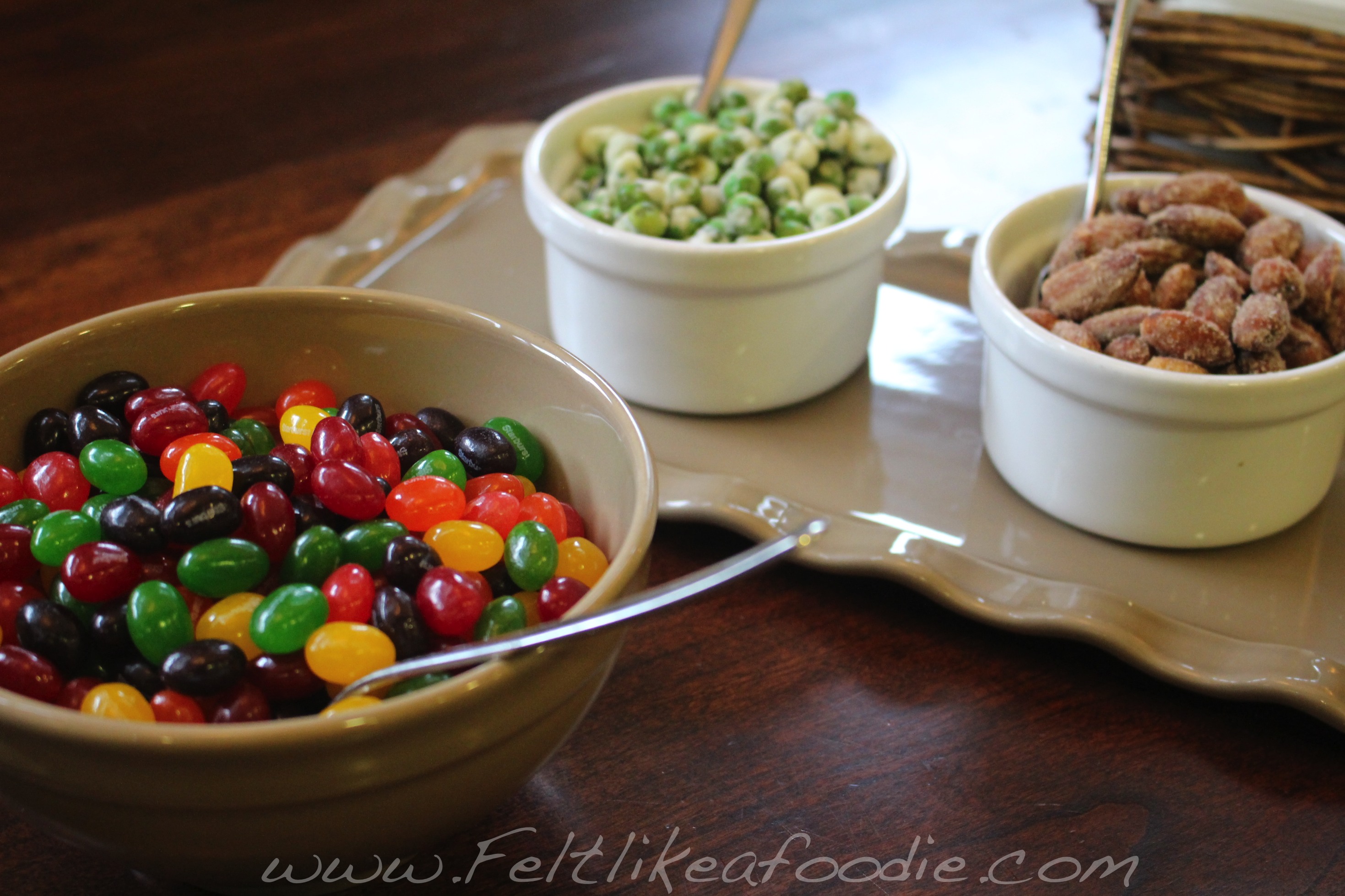
I have lost count of how many classes I have taken at The Chopping Block over the years. Usually the class has a distinct theme (Thai, Julia Child, Pasta) and an exciting experience of cooking and eating fills my evening.
Last night, I went to my first of four Cooking Lab Classes and I knew I was in for an entirely different experience. With warm welcomes from owner, Shelley Young, and the one of my favorite chefstructors, Mario, I was perplexed at the table set up.
The food was a mix between a 6 year old’s birthday party and a bad case of the munchies. Bowls of brightly colored jellybeans and Sour Patch Kids adorned the table. Crispy potato chips, nori, wasabi pea, almonds and cheese and crackers sat next to them. Whaaat?
But within minutes it all made sense. This was the perfect assortment of food to learn the role of our taste buds and start our journey of “intuitive” cooking.
Taste and flavor are the same, aren’t they? NOPE
We grabbed a jellybean and plugged our nose. Why would you plug your nose? Jelly Beans don’t smell. With your nose plugged, you allow your taste buds to actually taste if the food is salty, sweet, umami (the savory, pungency in food), sour or bitter. Just before you swallow your jellybean, unplug your nose. Now what? The flavor pops out. (Yum, cherry.)
The simplest way of understanding this is to think of your nose almost like a light switch. When the switch is down (or plugged), you eliminate part of your senses.
When you switch is up (unplug it), you turn on the olfactory bulb in your brain. This “light” opens up a new world so you can distinguish different flavors by incorporating more of your senses.
Being the scientist that I am, I had to try this with multiple jellybeans and sour patch kids. (Anything to help advance the world of science.)
The dialogue about emotional reactions to food started to really click with this former picky eater. Do I not like something because of the taste (bitter, salty, etc.) or is it the actual flavor? OR do I not like it because the flavor is associated with something unpleasant and have an emotional reaction? (Gelatin makes me rock in the corner but that is another blog.)
Our newfound discovery of our taste buds lit up as we really played around with food interactions. Given a plate of limes (sour), arugula (bitter), pineapple (sweet), Tofu (umami) and salt (um, salty), we would taste one item and then taste it again combined with another taste component.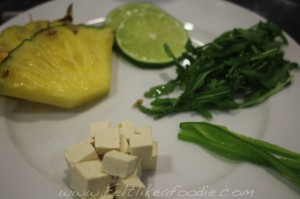
The eye-opener for me was learning that I could tame something bitter (the arugula) with a little salt. The salt calmed down the bitterness and made me taste more of the peppery notes. Whereas, when I squeezed the lime on the arugula, it tasted bitterer. (I am now understanding why my salted caramel latte tastes so fabulous…salty, sweet and bitter!)
In addition, some time was spent discussing how oils (fats) and vinegars (acids) all play a part in flavor balancing. Think of them as your light dimmer since they can brighten flavors or calm them down. (I added some olive oil to my jalapeno and it softened the heat.)
Our final discovery was in the land of herbs and spices probably one of the most familiar ways of adding flavor to a dish. But are you using them correctly?
Although a lot of home cooks synonymously interchange the words herbs and spices, they react quite differently in cooking.
Herbs are the leaves of plant. (And just because it is dried doesn’t make it a spice, it is still an herb.) Herbs can be Bright (or delicate) like basil, cilantro or mint or they can be Resinous like rosemary, bay leaf or sage.
The Bright herbs shine like a floodlight when added at the very end of cooking. These delicate babies gleam when used fresh. They have awesome flavor on their own and don’t really need other herbs. (Can herbs be introverts?)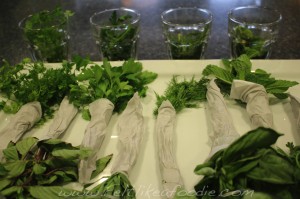
Resinous herbs, on the other hand, are like those energy saving light bulbs that take their time to come alive. Add these woody herbs early on and let some moist heat pull out their flavor. Think of the herbs you want to cook low and slow with something like a pork roast or turkey….sage, rosemary, thyme. (Or think of Simon and Garfunkel…whatever works.)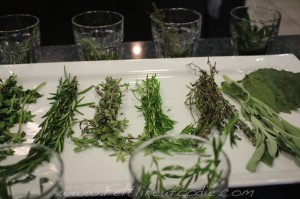
Mario and Shelley did an awesome experiment of collecting both kinds of herbs in their fresh state and then they poured hot water over them and let the steep. The smells changed and so did their physical state. The delicate herbs got kind of mushy whereas the resinous herbs looked brighter. (I think I am going to steep some of my dry, delicate herbs to see how the water wakes them up!)
A real eye-opener (or taste bud opener) was in the world of spices. Spices are seeds, stems, roots and bark. On their own they are bitter and almost one note of flavor. A spice’s flavor is elevated when toasted, sautéed or used in foods with a higher fat content.
Taste mustard. (Meh.) Sauté that same mustard in some olive oil. (Ahhhh.) It was like a ray of light was shining down on me. (I think this is why cinnamon toast tastes so good. The fatty, rich butter pulls out the goodness of the cinnamon.)
Being that this is the first in a four part series, we were given homework! We are supposed to start building our vocabulary or as I am going to call it “Flasaurus” (my flavor thesaurus). I’m not going to inhale my food but be an investi-eater and start intuitively discovering what works. (And what doesn’t!)
Next week: Distinguishing Cooking Techniques; Learning the Theories of and Identifying the Parallels in Cooking Meats, Poultry, Fish and Vegetables. Sounds like I am going to have more light switches flipped on!
Thank you to The Chopping Block for inviting me to share in this awesome series. All opinions, phrases and goofy sayings are solely my own but I appreciate you humoring me!
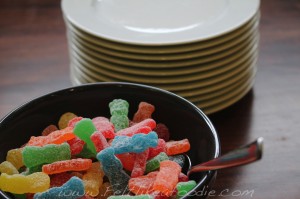
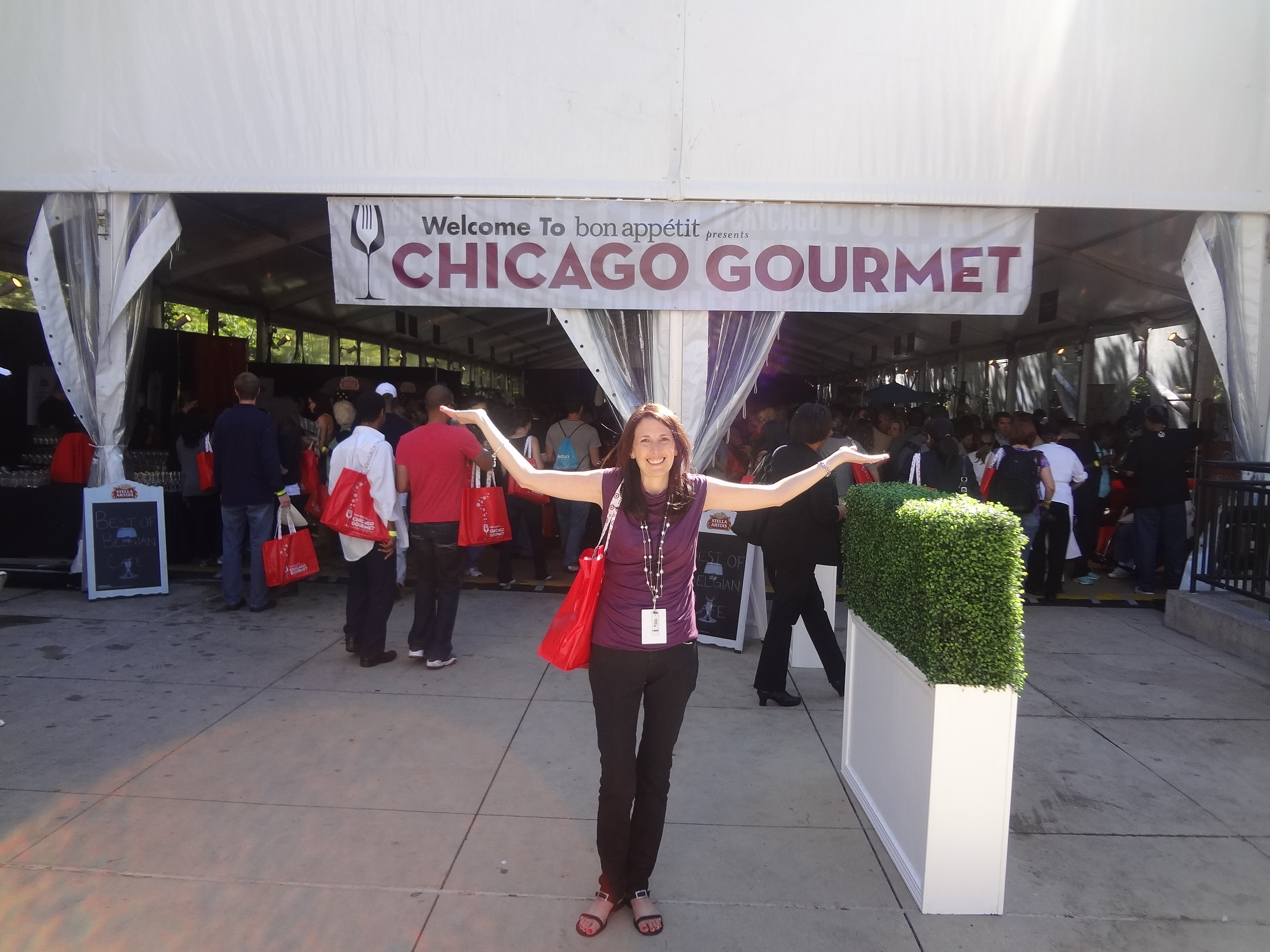

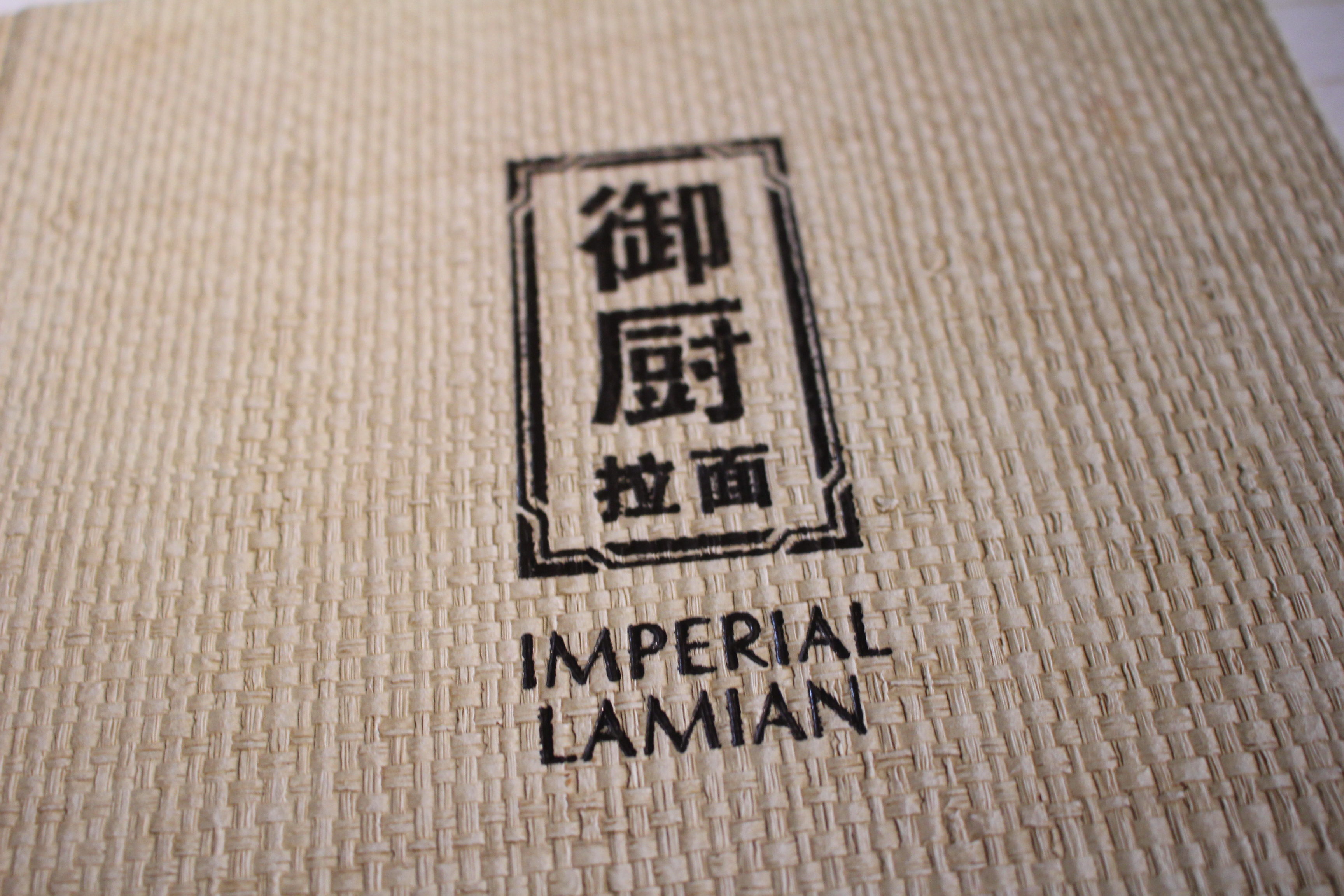
I really enjoyed this educational post. Thank you!